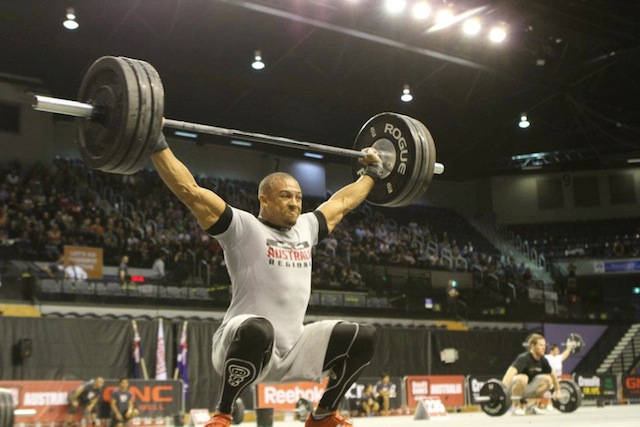
Jason Haywood showing great form during the snatch ladder
CrossFit – It’s a growing sport, although many Australian’s and people around the world still don’t know much about it. It was just last month the biggest event in the Australian CrossFit calendar took place; the CrossFit Games Australia Regionals, with the strongest and fittest athletes from Australia and New Zealand competing for the crown of the Region’s fittest and a chance to be one of the men, women or teams representing the region as the CrossFit Games in the US in July.
Together with Antony Lo, Mark Collins, and John Daher, I was one of the physios responsible for patching the athletes up so they could continue to compete for the title. For the most part it was band aid therapy; a quick fix solution to allow the athlete to continue, together with advice to get the issue sorted when they get home and guidance as to how to go about it.
It was a great weekend, and great experience. It was the first time I have worked at such a high pressure elite CrossFit event, and was a great learning experience. I thought I would share some of my observations from the weekend; keys for both performance and injury prevention (I am a physio after all); things that are generally useful for CrossFitters everywhere, and in fact anyone who pushes themselves in competitive events.
1. Listen to your body: sort out any issues early. Any asymmetries in mobility or imbalances in strength and stability will lead to impaired performance or injury at some point. As you increase training volume and load something will fall apart whether it is tightness in the hip causing a lower back or knee problem, or postural dysfunction leading to shoulder problems.
Identify it early; and fix it early. Don’t let it get in the way of your performance on game day. In a competition situation you will be attempting new records and personal bests, picking up and fixing issues well before this means that you can push yourself safely and get more out of your performance in a competition situation.
2. Technique is everything: Yep that’s right, that thing your coach keeps banging on about when all you want to do is get in and get the training done, lift something heavy, finish the AMRAP or get a faster time than you did last time, and beat some of the other scores on the whiteboard.
Watching Event 5 (the snatch ladder) with the other physios; we were able to 100% predict whether an athlete would achieve or fail a lift based on their set position, and positioning of the lumbar spine when they initially took the load.
This was with no prior knowledge of any of the athlete’s previous records. Technique matters. Get it right to avoid injury, and get it right to improve your performance. Perfect your technique before increasing volume and load so you don’t learn bad habits, and develop asymmetries and imbalances as compensations.
3. CrossFitters have strong mid sections, but rubbish core and pelvic control and stability: There were lots of anteriorly rotated pelvises wandering around on the weekend, this is a common compensation; rotate the pelvis forward, lock out the lumbar spine, and apply heavy load. It works. Temporarily….
This is why perhaps there was so much lumbar taping also wandering around on the weekend. Core and lumbo-pelvic control needs to be developed to withstand high volume loading, and loading in unexpected directions not just a squat.
Developing good stability and control will facilitate improved technique and ultimately a heavier squat. The ability to generate stability and power through a wider range of motion is essential for both performance and injury prevention.
4. Know when enough is enough: Competing at an elite level takes a huge physical and emotional toll, and high-level performance is a combination of physical ability and mental and emotional steel to be able to overcome nerves and performance pressure.
Over the weekend I treated athletes who had broken down both physically and/or emotionally. They had pushed themselves beyond their endurance either physically or mentally and had now broken down.
It takes a huge amount of courage for an elite athlete who has focussed their entire training on one event to recognise the warning signs and withdraw before this breakdown occurs.
The easier option is to push through and continue. Withdrawing involves feeling a sense of failure, the feeling that all the training was for nothing, a potential loss of face and many more mixed emotions. This is an extremely brave decision, and I have huge respect for any elite athlete able to make this call.
This is especially a difficult decision in a CrossFit competition situation where huge emphasis is placed on completing the workout, sometimes at any cost (in one situation over the weekend this involved the commentator asking the crowd to cheer on every squat performed by someone who was clearly injured and in pain for each and every one of those reps).
Making a decision to withdraw means that the athlete has remained in control of the workout or situation and has not been defeated or beaten in any way. Ultimately they have avoided significant breakdown (either mental or physical) and are able to continue their training a much stronger athlete and retain confidence and focus without needing to take a down period to rehabilitate body or determination.
Overall it was an inspirational weekend with athletes achieving incredible things and the team spirit and camaraderie that make the CrossFit community so appealing clearly evident. A huge congratulations to all athletes present!
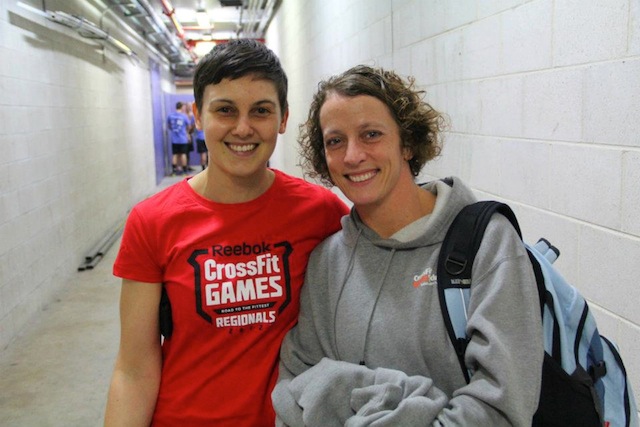
Jessica (left) backstage Australian Regionals




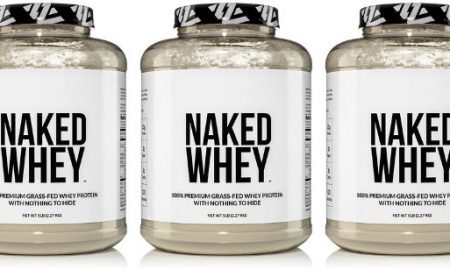




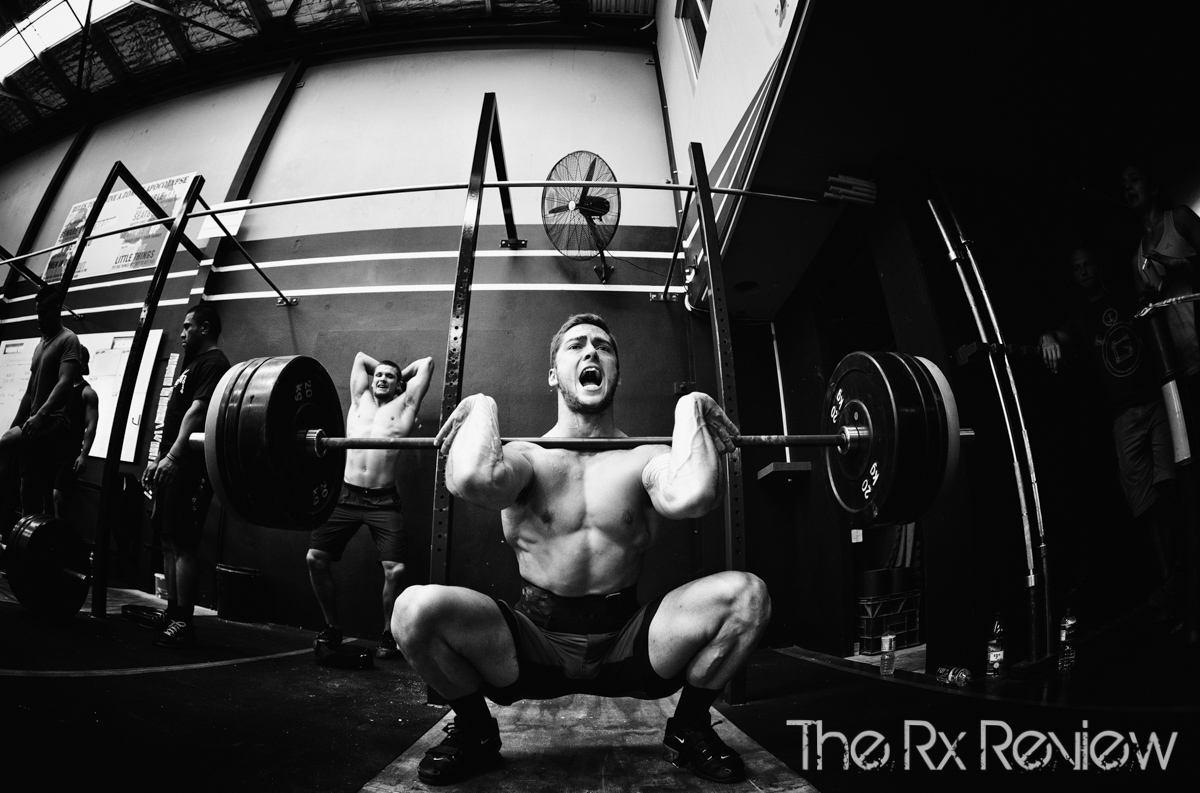




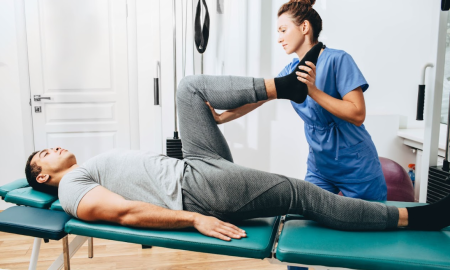



Follow Us